Science Projects, Just in Time!
Have you waited until the last minute to start your science project? Don't worry, award-winning author Robert Gardner has you covered. Most of these experiments about the desert biome can be done in an hour or less! There are also a few longer experiments for the budding scientist and ideas for science fair projects in case you have more time!
"This creative series tackles science concepts that are important for students to learn in a simplified and meaningful way."
Helen Hess, PhD, Series Science Consultant
Professor of Biology
College of the Atlantic
Bar Harbor, Maine
About The Author
Robert Gardner is an award-winning author of science books for young people. He is a retired high school teacher of physics, chemistry, and physical science. In 2010, he received the Lifetime Achievement Award in Hands-On Science Writing from AAAS/Subaru Science Books & Films.

Do you have a science project that is due soon? If so, this book will help you! Not only does it have experiments about desert biomes, but many of the experiments can be done in one hour or less. Of course, you may have even more time to prepare for your next science project or science fair. You can still enjoy this book.
Many experiments are followed by a Keep Exploring section. There you will find ideas for projects or experiments. The details are left to you, the young scientist. You will design and carry out your own experiments, under adult supervision, when you have more time.
For some experiments, you may need a partner to help you. Work with someone who likes to do experiments as much as you do. Then you will both enjoy what you are doing. If any safety issues or danger is involved in doing an experiment, you will be warned. In some cases, to avoid danger, you will be asked to work with an adult. Please do so. Dont take any chances that could lead to an injury.
A biome is a region of the earth with a particular climate. A desert biome is one that has a very dry climate. The plants and animals that live in a desert biome are quite similar throughout the world. This book is about desert biomes, but there are other biomes. Earths biomes include deserts, tundra, taiga, grasslands, rain forests, and temperate forests.
Deserts are regions where there is less than 25 cm (10 in) of rain per year. Most deserts are at latitudes between 15 and 30 degrees north or south of the equator. With so little water in a desert, life is limited. Only plants and animals that can live with very little water are found in a desert biome.
Because it seldom rains in a desert, the air is very dry. The dry air allows nearly all the suns heat to enter the desert soil. So, daytime temperatures can be very hot. Air temperatures are often 50C (122F). Ground temperatures may be as high as 90C (194F). At night, the dry air allows heat to escape. The temperature quickly falls and the air can become chilly.

Image Credit: Thinkstock: Pascal RATEAU/iStock
The Gobi Desert is in Mongolia.

Image Credit: Shutterstock.com:agap
The Mojave Desert is in Southern California.
Not all deserts are hot. There are cold deserts such as the Gobi in Mongolia. And there are temperate (mild) deserts. These include the Mojave in Southern California, and the Great Basin east of the Sierra Mountain range in the western United States.
Most desert plants have many shallow roots that extend outward in all directions. When it does rain, the broad root system can absorb and store much of the water. Some large cactus plants can store as much as 100 liters (27 gallons) of water.
To survive, many desert plants have a short life cycle. When it rains, their seeds quickly germinate, grow, flower, and produce seeds. The seeds then lie dormant until the next rainfall.
Normally, plants lose a lot of water through their leaves. Desert plants are adapted to reduce water loss. Their leaves are tiny or exist as spines or thorns.
Some deserts receive so little rain that nothing can live there. These deserts contain only sand and rocks.
The top layer of soil in many deserts gets very hot during the day. To escape the heat, many desert animals burrow under the ground. They spend the day resting beneath the upper few centimeters of very hot soil. At night, these animals come out to eat in the cool desert air. Rodents, such as the kangaroo rat, get water from the seeds they eat. Their water losses are small because, unlike you, they have no sweat glands. Desert birds and reptiles feed mostly on insects, which are plentiful. Large desert predators, such as coyotes, hawks, and rattlesnakes, arise after sunset. They eat mostly rodents and rabbits.
To do experiments the way scientists do, you need to know about the scientific method.
In most experimenting, scientists make the following steps. They make an observation. They come up with a question. They create a hypothesis (a possible answer to the question). They make a prediction (an if-then statement) based on the hypothesis. They design and do an experiment that will test the prediction. They study the results of the experiment. They form conclusions about their predictions. Then they decide whether the hypothesis is true or false. Scientists share their experimental results by writing articles. The articles are published in science journals.
You might wonder, How do I use the scientific method? You begin when you see, read, or hear about something in the world that makes you curious. So you ask a question. To find an answer, you do a well-designed investigation. You use the scientific method.
Once you have a question, you can make a hypothesis. Your hypothesis is a possible answer to the question (what you think will happen). For example, you might hypothesize that in a hot desert, water will evaporate fast. Once you have a hypothesis, it is time to design an experiment to test your hypothesis.
In most cases, you should do a controlled experiment. This means having two subjects. Both are treated the same except for the one thing being tested. That thing is called a variable. For example, to test the hypothesis above, you might have two identical dishes. You would fill them with water at the same cool temperature. You would place one dish in a very warm room. You would put the other in an identical room at a normal temperature. After several hours, you would measure the volume of water left in each dish. If the volume of water in the warmer room is less than that in the other room, you might conclude that your hypothesis is correct.
The results of one experiment often lead to another question. Or they may send you off in another direction. Whatever the results, something can be learned from every experiment!
Some of the investigations in this book contain ideas that might be used as a science fair project. Those ideas are indicated with a symbol ( ) on the Contents page. However, judges at science fairs do not reward projects or experiments that are copied from a book. For example, a diagram of a cactus would not impress most judges. An experiment that measures the percentage of water in desert seeds would be more likely to interest them.
) on the Contents page. However, judges at science fairs do not reward projects or experiments that are copied from a book. For example, a diagram of a cactus would not impress most judges. An experiment that measures the percentage of water in desert seeds would be more likely to interest them.
Science fair judges tend to reward creative thought and imagination. It is difficult to be creative or imaginative unless you are really interested in your project. Therefore, try to choose something that excites you. And before you jump into a project, consider your own talents. Consider too the cost of the materials you will need.




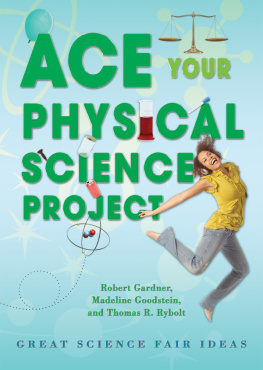


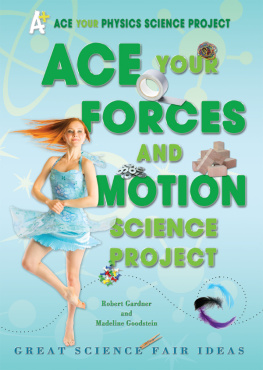
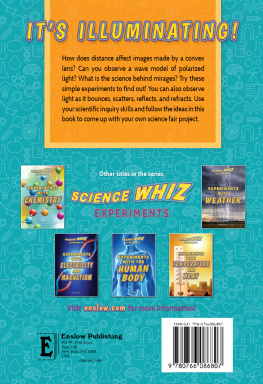
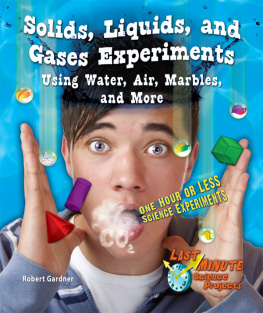

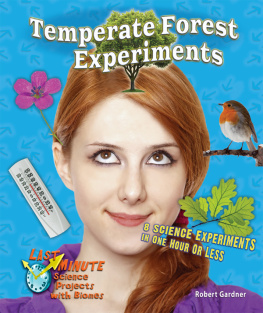
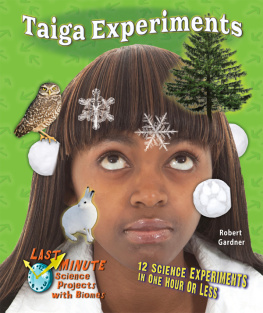

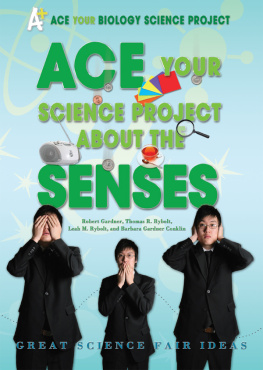
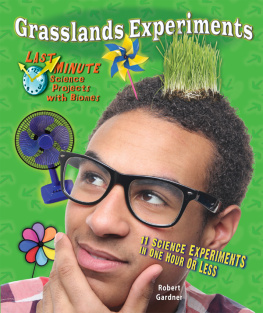





 ) on the Contents page. However, judges at science fairs do not reward projects or experiments that are copied from a book. For example, a diagram of a cactus would not impress most judges. An experiment that measures the percentage of water in desert seeds would be more likely to interest them.
) on the Contents page. However, judges at science fairs do not reward projects or experiments that are copied from a book. For example, a diagram of a cactus would not impress most judges. An experiment that measures the percentage of water in desert seeds would be more likely to interest them.